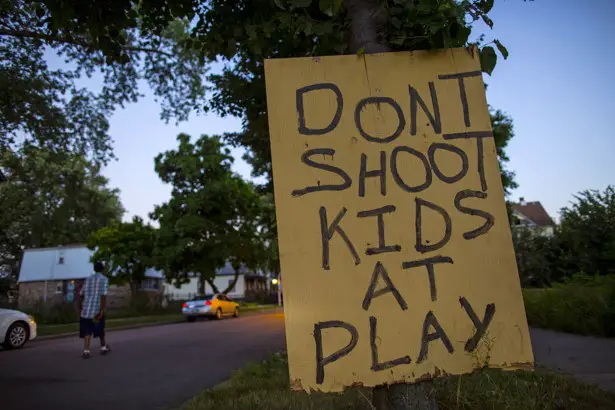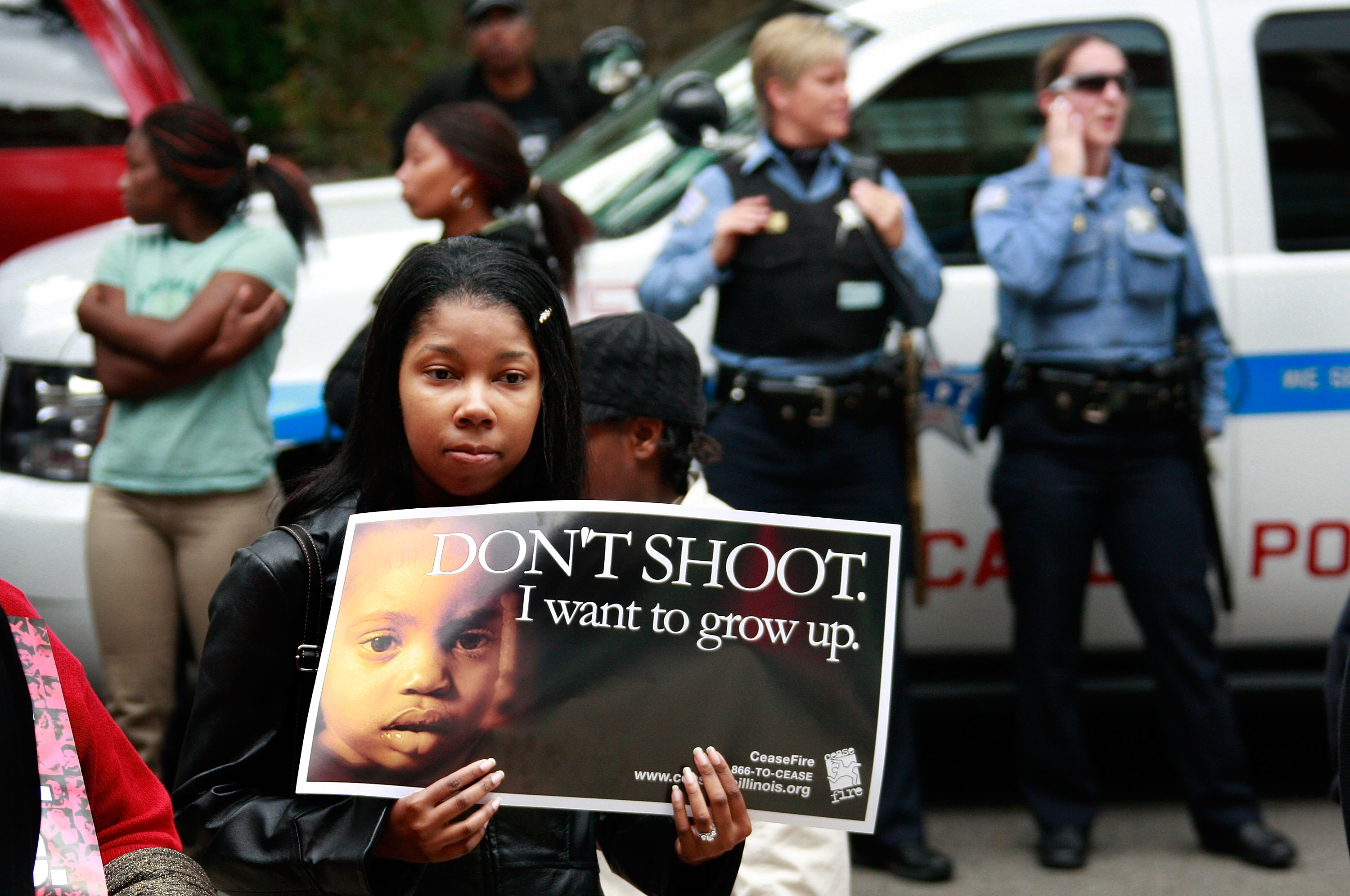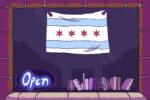Solving Chicago’s Crisis
Enforcing gun regulations is key, but not the ones you think.
By Phillip Bugajski, Loyola University Chicago
What’s the first thing that you think of when you think of Chicago?
Is it the Willis (or Sears) Tower? Or maybe the view of the skyline over Lake Michigan?
Or, you might think, because of the unending debate surrounding it, about the gun violence in Chicago, or about how its gun laws are reportedly some of the strictest in the country.
Unfortunately, Chicago has such a notorious reputation for gun violence that there’s even a movie about Chicago called “Chiraq.” And the other day, the “Chicago Memes” page on my Facebook feed sent me this. You know the city has a problem when internet memes, probably the source of some of the most inane images on the web, recognize Chicago gun crime as a problem.

Countless local representatives, senators and even Trump have used Chicago as a pawn in their gun regulation arguments, citing the violence of the Windy City as proof that, depending on your political agenda, the city needs more regulations, or that regulations are not the answer. Believe it or not, some of us who have actually lived here have a pretty good idea of the city’s problems, and can tell you that solving them will take more than legislation. In fact, especially in the last decade, municipal government has done little to reduce the gun crisis, and has instead passed a slew of measures that are probably only contributing to the problem.
For example, in Chicago, the ownership of firearms that are classified as assault weapons was banned until 2010, when the opprobrium was ruled unconstitutional and in violation of the Second Amendment. In 2014, a similar ban, this one restricting gun stores within the city limits, was also ruled unconstitutional. And just last month, another ordinance forbidding the operation of shooting ranges within the city was done away with.
Since the ruling in 2014 that struck down Chicago’s ban on firearm stores within the city, the amount of gun violence has steadily increased, with over 4,300 shooting victims in 2016. The most recent statistics continue a trend of rising levels of gun violence, all of which began with the federal court ruling in 2010 decriminalized assault weapons.
Despite these deregulations, the city still has some teeth when it comes to restricting the sale of firearms. By law, gun sales must be videotaped and are limited to one per thirty-day period; store owners are also trained to recognize straw-buyers, people who buy guns legally to give to someone illegally. Hopefully, these commonsense measures will not be ruled unconstitutional in the future.
Outside of the recent legislation, a number of other factors have contributed to the rise in firearm violence. To understand the situation, you have to first understand that Chicago does not exist in a vacuum, and that the state of Illinois plays a large role in the city’s woes.
If you look at a map of Illinois from the last presidential election, you can see that the state is overwhelmingly red, outside of a tiny speck of blue in the northeast corner, which is colloquially known as Chicago. In Republican counties, gun laws are a lot less strict.
Outside of Cook County, the district that houses Chicago, all you need is a Firearm Owner’s Identification (FOID) card and a permit to purchase a gun, which means gun regulations within the city are practically a moot point. If you are unable to buy a firearm legally in Chicago, you can just go outside the city, buy it and come back.
In addition to the rest of Illinois, Chicago also has to worry about its conservative neighbors, especially Indiana. Through a tracing program conducted through the U.S. Bureau of Alcohol, Tobacco and Firearms, the government found that nearly 60 percent of guns used in Chicago crimes originated from out of state, with over 3,000 of the firearms coming from Indiana alone.
A significant number of the munitions came from Missouri, Mississippi and Wisconsin, states that are recognized as having some of the most lax gun laws in the country.
All of this, of course, is compounded by the sheer size of Chicago itself. Over 2.7 million people live in an area of 230 square miles, making the Windy City the most densely populated metropolitan area in the Midwest.
Combine the bad influence of Chicago’s neighboring states, with its status as the largest city in the Midwest, and it becomes clearer why the fight over gun violence will fail if it only takes place in one city. It’s not something in the water, and it’s not that people—gun violence in Chicago is the result of a massive city being surrounded by cornfields and negligent gun laws.
So, when politicians talk about needing to roll back gun laws so their constituents can defend themselves, you can rest, well, uneasily knowing that those kinds of changes will do little to solve the problem. The real solution would require such a widespread, interconnected effort that it almost seems impossible. In the meantime, the people of Chicago will pay for the sins of its surrounding states, dying in record numbers so their neighbors can continue to buy their guns unimpeded.

















[…] Read Full Article at studybreaks.com […]
[…] “Breaking Trail,” Blum revisits her sheltered upbringing in Chicago and explores her subsequent journey through college, climbing pursuits, various relationships and […]